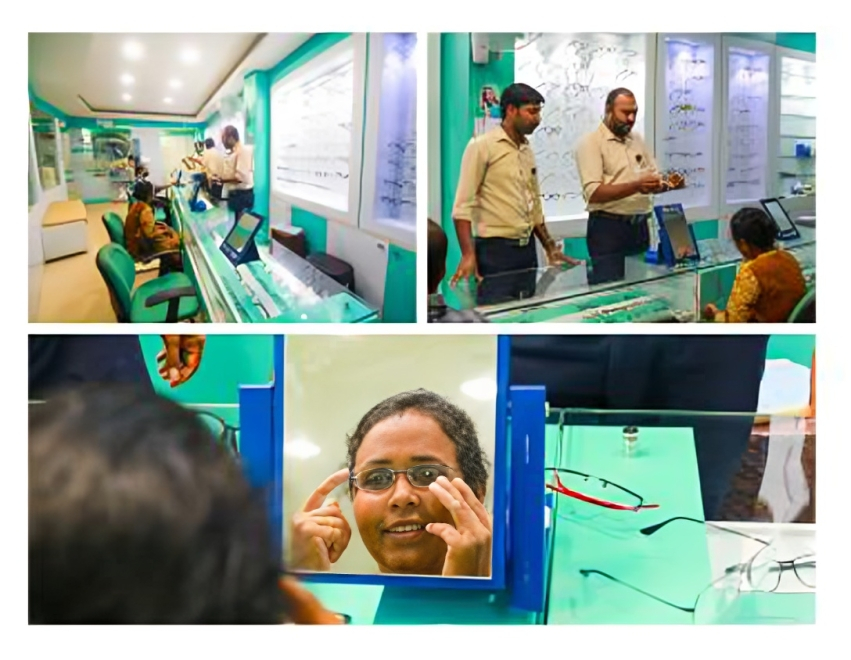At Dr.Sreekanth Eye Care and Research Center, our optometrists meticulously evaluate your eye power using modern, automated refraction equipment, including the Phoropter, Autorefractor, Auto lensometer, and Visual Acuity Testing for high accuracy. Additionally, we employ manual refraction systems for precision.
We stock a diverse selection of frames and lenses to match the different aesthetic preferences of our patients. Our frames and lenses are expertly fitted and promptly delivered upon order placement.
Visit our optical facility to find the perfect fit for your optical needs.




